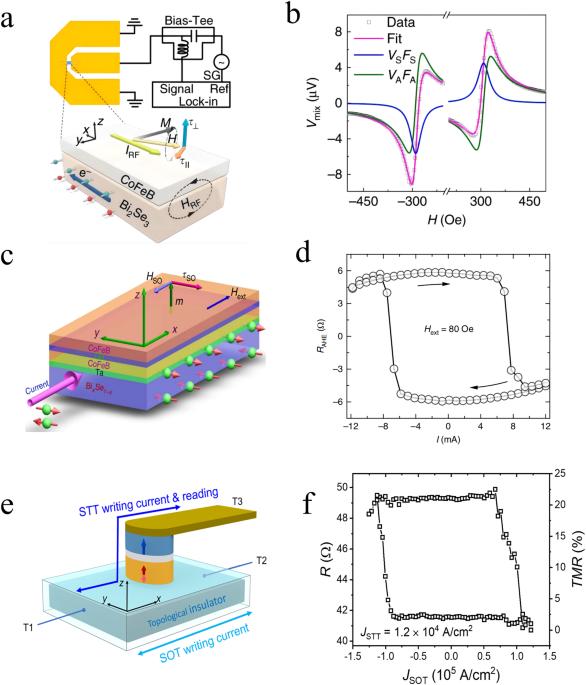Quantum materials for spintronic applications
引用次数: 0
Abstract
Strong correlation, breaking symmetry, band topology, collective excitation, and quantum confinement represent important features of quantum materials. When quantum materials intersect with spintronics, these key features fundamentally enhance the performance of spin-dependent phenomena. In this review, we examine recent advancements in the material requirements for spintronics and investigate the role of quantum effects in enhancing the functionalization of these devices. Current-induced spin-orbit torques offer a versatile tool to manipulate and excite magnetic order, with decoupled read and write paths that excite various types of materials. One crucial aspect of a spintronic device is the transition of writing layers from traditional transport to quantum transport. The recording layer, on the other hand, employs two-dimensional magnetic materials to achieve the ultimate limit of single-layer magnetic storage. Additionally, the utilization of antiferromagnetic and altermagnetic materials makes them suitable for high-density memories with minimal inter-bit dipole interactions and fast writing speed. Exploiting these emerging quantum materials, in spintronic devices and exploring how quantum effects enhance device functionality show significant potential for spintronic applications in the future.

用于自旋电子应用的量子材料
强相关性、打破对称性、带拓扑、集体激发和量子约束是量子材料的重要特征。当量子材料与自旋电子学产生交集时,这些关键特性将从根本上提高自旋相关现象的性能。在这篇综述中,我们探讨了自旋电子学对材料要求的最新进展,并研究了量子效应在增强这些器件功能化方面的作用。电流诱导的自旋轨道力矩是操纵和激发磁序的多功能工具,它的读写路径是解耦的,可以激发各种类型的材料。自旋电子器件的一个重要方面是写入层从传统传输过渡到量子传输。而记录层则采用二维磁性材料,以达到单层磁性存储的极限。此外,反铁磁性和改磁性材料的使用使其适用于高密度存储器,具有最小位间偶极相互作用和快速写入速度。在自旋电子器件中利用这些新兴量子材料,并探索量子效应如何增强器件功能,将为未来的自旋电子应用带来巨大潜力。
本文章由计算机程序翻译,如有差异,请以英文原文为准。
求助全文
约1分钟内获得全文
求助全文

 求助内容:
求助内容: 应助结果提醒方式:
应助结果提醒方式:


